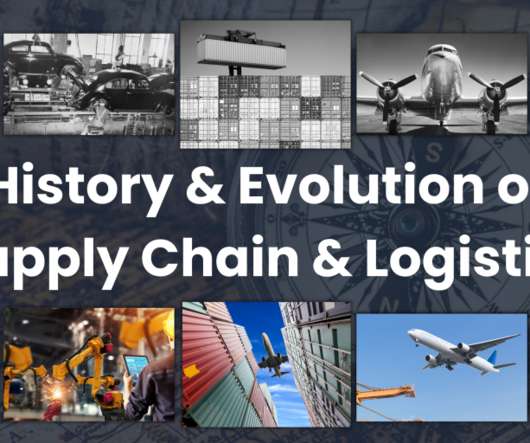History and Evolution of Supply Chain and Logistics
SCMDOJO
MARCH 25, 2022
In the current era, it is clear that new modes of production are concomitant with new modes of distribution, which advances the field of logistics, the science of physical distribution or even supply chain management. Reminder of Key Definitions – Logistics & Supply Chain Management. and J-P Rodrigue (2004)).














Let's personalize your content